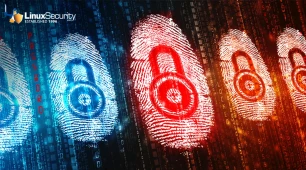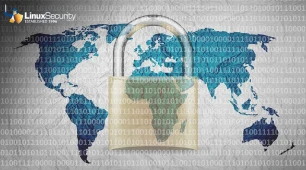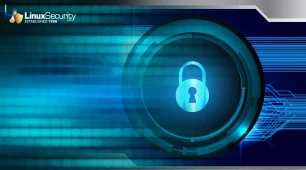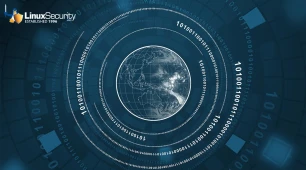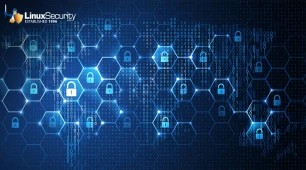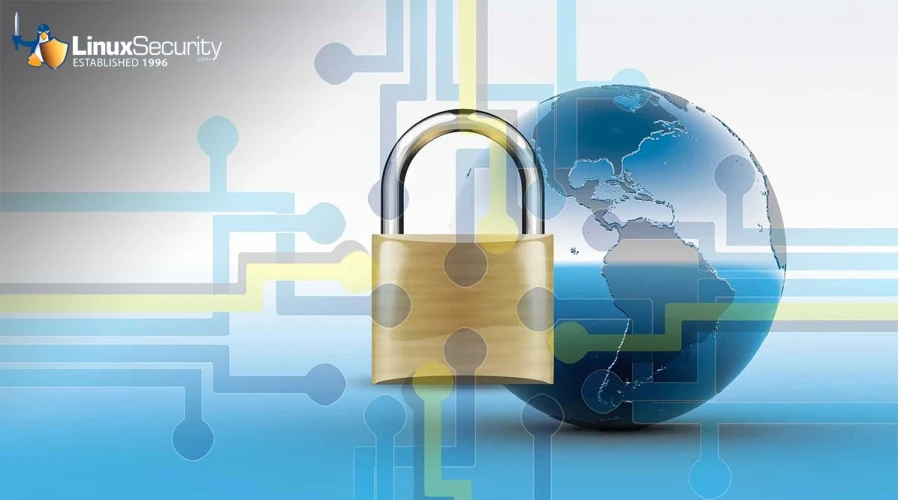
As we head into 2025 and reflect back on 2024, Linux security admins' roles and responsibilities are evolving rapidly with defining trends like the pervasive integration of AI technologies and their hefty storage needs and the growing prominence of open-source observability tools.
Admins must stay ahead by understanding and adapting to these shifts and trends. For instance, we admins must leverage eBPF's capabilities for advanced security and monitoring and employ sophisticated methods to measure and mitigate downtime. With increased IT spending amidst overstretched teams, the challenge is strategically investing in reliable network infrastructures and effectively balancing cybersecurity responsibilities. By embracing and learning from these trends, Linux professionals can ensure robust, efficient, and secure IT operations in 2025 and beyond.
Let's examine some of the key ITOps trends of 2024 and how you can use these insights to improve your Linux security administration heading into 2025.
Integration and Management of AI Systems
 Artificial Intelligence (AI) continues to advance, offering solutions designed to boost IT operations. However, with each opportunity comes challenges. One such challenge lies in choosing appropriate AI tools and ensuring they fit smoothly with existing systems. As Linux administrators, selecting suitable technologies requires careful evaluation for customizability and integration capabilities with current setups.
Artificial Intelligence (AI) continues to advance, offering solutions designed to boost IT operations. However, with each opportunity comes challenges. One such challenge lies in choosing appropriate AI tools and ensuring they fit smoothly with existing systems. As Linux administrators, selecting suitable technologies requires careful evaluation for customizability and integration capabilities with current setups.
Integrating AI is about finding ways to reduce complexity rather than increase it, such as with automation tools powered by AI that automate repetitive tasks, freeing IT teams' time for more pressing matters. Finding an AI tool that fits perfectly with your operational requirements and security protocols is the key to successful implementation.
Managing AI Storage Needs
AI workloads have brought enormous storage demands, particularly those using Machine Learning models that must store vast amounts of data. Not only must there be sufficient storage capacity, but it must also comply with any relevant compliance and data management practices.
Administrators must carefully plan their storage solutions to ensure data remains accessible and safe. Hybrid cloud solutions may prove helpful, providing AI workloads with scalability while still offering robust security features. Compliance with regulatory requirements is also key, protecting organizations against legal complications or data breaches.
Embracing Open Source Observability
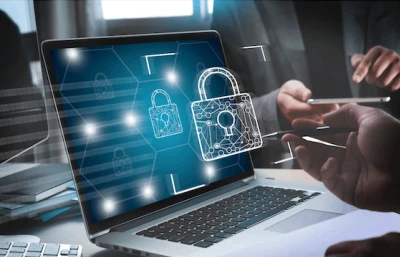 Versatile, cost-effective observability tools that give valuable insight into system performance and reliability are essential for Linux systems.
Versatile, cost-effective observability tools that give valuable insight into system performance and reliability are essential for Linux systems.
Open-source observability solutions are particularly appealing due to their flexibility and community support, enabling administrators to tailor monitoring and logging specifically to their needs - something proprietary tools may not allow. By employing these tools, you can gain greater insights into your system's behavior while quickly identifying issues - keeping your Linux systems running efficiently and smoothly.
Utilizing eBPF for Security and Observability
eBPF (Extended Berkeley Packet Filter) has become integral to increasing Linux system security and observability. By enabling custom code execution within the kernel without changing or adding modules, this technology offers both improved security and performance benefits.
Understanding and integrating eBPF is key to providing more granular monitoring and security measures, including real-time system performance observability that allows Linux administrators to enhance security monitoring with advanced threat detection methods, optimize system performance, and debug issues more effectively - making it an essential tool for maintaining secure yet efficient IT environments.
Measuring Downtime and Performance
 Downtime and performance issues were once easy to identify. However, we now face a more subtle phenomenon known as "invisible" downtime that may not immediately manifest but can have serious ramifications over time.
Downtime and performance issues were once easy to identify. However, we now face a more subtle phenomenon known as "invisible" downtime that may not immediately manifest but can have serious ramifications over time.
Advanced application monitoring techniques are crucial in detecting hidden issues with applications and systems. By employing sophisticated monitoring solutions, you can gain deeper insights into application performance while tracking any subtle anomalies or potential threats that could affect business operations and ensure they can be addressed before becoming significant problems.
Reducing Network Reliability Issues
Reliability is at the core of modern IT operations. Reliable network infrastructure is key for maintaining uptime and overall system performance. When selecting network providers, Linux admins should choose providers who offer robust yet dependable services.
Assessing network reliability involves considering factors like uptime guarantees, service level agreements (SLAs), and provider track records. Choosing a network provider with a strong infrastructure and proven performance can decrease downtime risks while ensuring IT operations run efficiently. Regularly reviewing and testing network performance is also key in maintaining high reliability, allowing rapid responses when problems arise.
Aligning IT Spending With Overstretched Teams
 IT spending has seen a modest rebound, offering opportunities to invest in new technologies and infrastructure. But even this doesn't negate that IT teams often work beyond regular hours to keep systems operating smoothly.
IT spending has seen a modest rebound, offering opportunities to invest in new technologies and infrastructure. But even this doesn't negate that IT teams often work beyond regular hours to keep systems operating smoothly.
As budgets increase, it's vitally important that companies use them wisely to invest in tools and technologies that add real value and efficiency. This may involve automation tools that reduce manual workload, advanced security solutions to protect IT assets, or training programs for staff to upskill in new technologies.
Workload management strategies are critical to prevent burnout and keep team morale high, such as hiring additional staff, outsourcing certain functions, or investing in team-building activities that encourage healthier work-life balance. By meeting the needs of your team members, you can ensure they remain productive and engaged, ultimately benefitting operations as a whole.
How to Manage Cybersecurity Responsibilities
Cybersecurity remains an ever-increasing priority, and IT professionals often shoulder additional cybersecurity responsibilities alongside their primary roles. While this dual responsibility may seem daunting at first, navigating it successfully takes skill and dedication from IT admins who must successfully balance both tasks.
Companies looking to reduce cybersecurity strain on IT professionals should invest in dedicated teams. Encouraging upskilling IT staff with cybersecurity training could prove equally effective. Awareness and preparedness are crucial in combatting cyber threats and regular training sessions, staying abreast of the latest security trends, and instituting robust security practices can go a long way toward protecting Linux systems.
Our Final Thoughts on 2024 ITOps Trends Impacting Linux Security Administration
For Linux security admins and IT pros navigating the changing landscape of IT operations in 2024, understanding and adapting to key trends will be very important. AI should be welcomed while its storage demands are managed, open-source observability tools like eBPF should be leveraged for enhanced monitoring, subtle performance issues must be measured for network reliability purposes, and spending must not exceed team workload. These are all areas to focus on for maximum protection into 2025 and beyond. By remaining proactive and responsive towards these changes, Linux security professionals can ensure their systems remain safe and efficient while preparing for future challenges.













